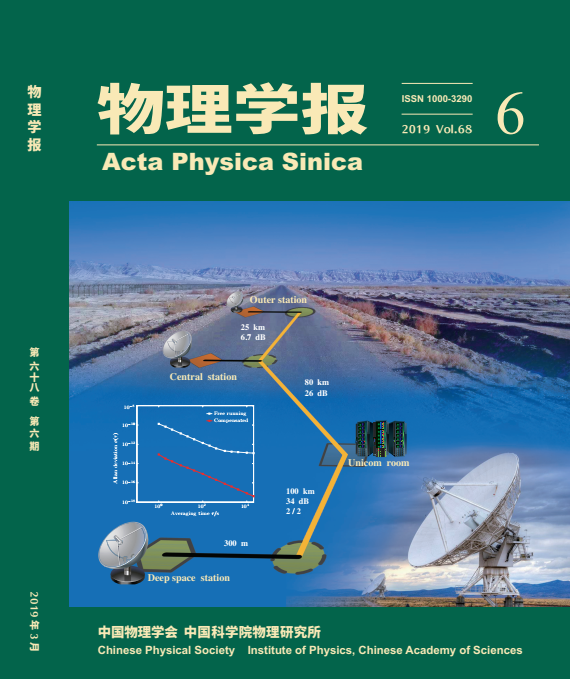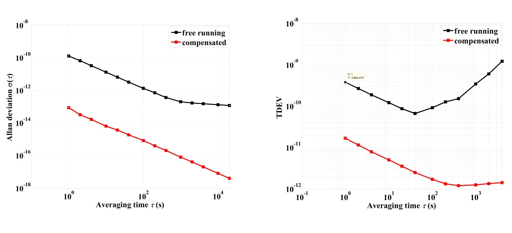Nowadays, optical fiber with higher accuracy has become an exciting medium for transmitting time and frequency signals. However, for the desert urban fiber link, there are many technical difficulties such as long aerial optical cables, drastic temperature change, large optical loss and other complicated noises.
Recently, researchers from Shanghai Institute of Optics and Fine Mechanics, Chinese Academy of Sciences, have made new progress on joint transmission of high-stability hydrogen clock time-frequency signals based on the desert urban fiber link. The result was published in Acta Physica Sinica.
In their experiments, the 10MHz and 1PPS signals from hydrogen clock were transmitted to two observatories that are 200km apart through the phase-stabilized fiber link.
The noise source of the urban fiber under dessert environment was analyzed and studied in detail. Through optimizing systematic feedback parameters, the frequency stability is up to 8E-14 at 1s and 1E–16 at 1000 s, and time stability is 1.2ps at 1000s. The experimental results are quite convincing and impressive. For the first time, joint transmission over 200km of time-frequency signals was realized in the very tough conditions.
Studying the limiting factors that affect the performance of time-frequency transmission over desert urban fiber link and exploring the key technical difficulties, it may provide a possible solution for long-distance time & frequency synchronization under other harsh environments. The verification experiment has played an important role in satellite orbit measurement based on Connected Elements Interferometry.
The research was supported by Strategic Priority Research Program of the Chinese Academy of Sciences (Class B) and Shanghai Sailing program. Related work is published as the cover paper on Acta Physica Sinica [2019.68(6):060602].

Fig1. Research work is chosen as Cover Paper on Acta Physica Sinica

Fig2. The Allan deviation and time deviation of 200km desert urban fiber link (Image by SIOM)
Article website:
http://wulixb.iphy.ac.cn/EN/abstract/abstract73839.shtml
Contact:
Mr. Cao Yong
General Administrative Office
Shanghai Institute of Optics and Fine Mechanics, CAS
Email: caoyong@siom.ac.cn